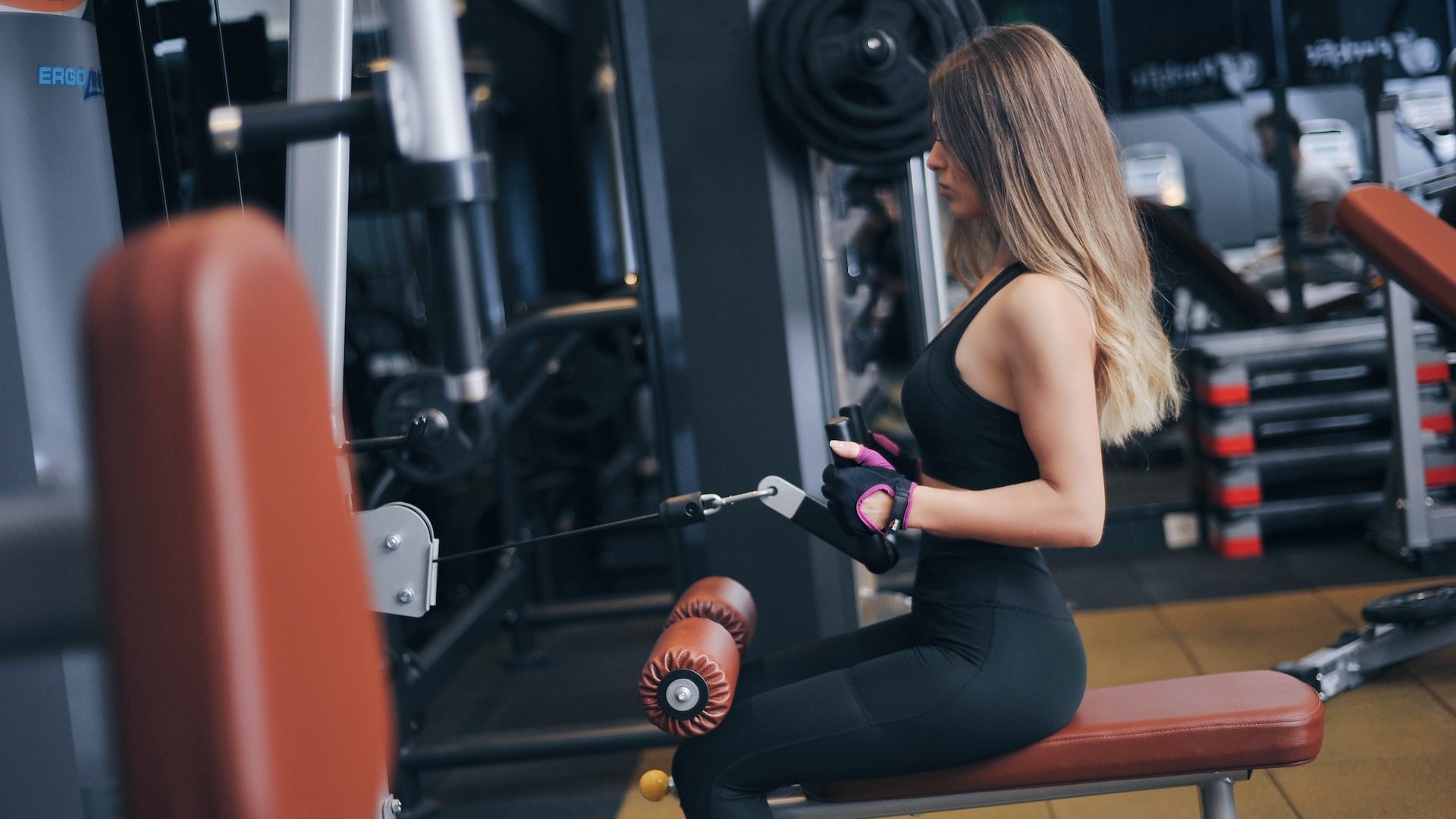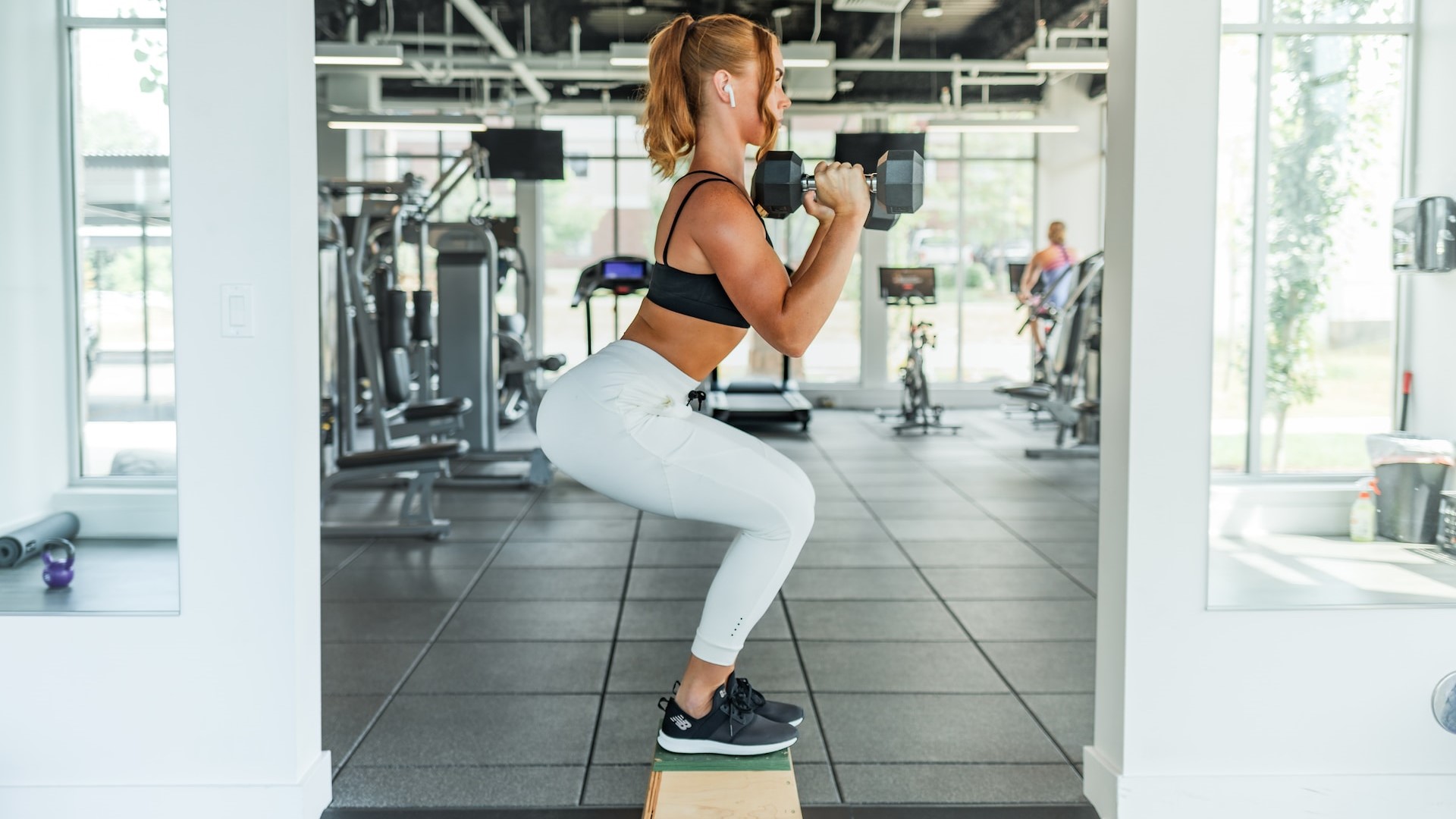Check more information about benefits of physical activities.
Starting Slow: Gradually Increasing Intensity and Duration
When it comes to online fitness for beginners, one of the most crucial aspects is starting slow and gradually increasing both the intensity and duration of your workouts. It’s essential to give your body time to adjust and prevent potential injuries. Here are some tips to help you get started on your fitness journey in a safe and effective way.
- Listen to Your Body: Your body is unique, and it will let you know its limits. Pay attention to any discomfort or pain during your workouts. If something doesn’t feel right, take a step back, and modify or decrease the intensity. Pushing yourself too hard too soon can lead to burnout or even injuries, so be kind to yourself and listen to what your body needs.
- Start with Low-Impact Exercises: If you’re new to exercise or have any underlying health concerns, starting with low-impact exercises is a great way to ease into your fitness routine. Activities like walking, swimming, or cycling are gentle on the joints while still providing excellent cardiovascular benefits. Gradually increase the duration and pace as your fitness level improves.
- Set Realistic Goals: Rome wasn’t built in a day, and neither will your fitness journey be. It’s important to set realistic goals that are achievable and sustainable for you. Instead of aiming to run a marathon within a month, start with smaller milestones, such as increasing your workout time by five minutes each week. Celebrate these achievements along the way, and you’ll be motivated to keep going.
- Incorporate Rest Days: Rest days are just as important as workout days. They allow your body to recover and rebuild, helping you avoid overtraining and burnout. As a beginner, aim for at least one or two rest days per week. Use this time to engage in light activities like stretching, yoga, or simply taking a leisurely walk. Rest and recovery are essential for long-term progress and injury prevention.
- Gradually Increase Intensity: Once you’ve established a consistent fitness routine, you can start gradually increasing the intensity of your workouts. This can be done by adding more resistance, increasing the speed or duration of your exercises, or incorporating more challenging variations. Remember, the key is gradual progression. Don’t jump from beginner to advanced exercises overnight. Take it one step at a time to ensure your body adapts safely.
- Listen to Online Fitness Trainers: Online fitness trainers are a valuable resource when it comes to structuring your workouts and guiding you through the process. They can provide expert advice on how to gradually increase intensity and duration based on your specific goals and fitness level. Utilize their expertise to create a well-rounded and progressive fitness plan that suits your needs.
- Be Consistent: Consistency is key when it comes to seeing results in your fitness journey. Aim for regular workouts, even if they are shorter in duration initially. It’s better to exercise for 20 minutes every day than to have one long workout session and then be inactive for the rest of the week. Consistency builds momentum and helps your body adapt more efficiently.
- Stay Hydrated and Fuel Your Body: Hydration and proper nutrition play a vital role in supporting your fitness progress. Drink plenty of water before, during, and after your workouts to stay hydrated. Fuel your body with balanced meals and snacks that provide the necessary nutrients to support your energy levels and muscle recovery. Consult with a nutritionist or online fitness trainer to create a personalized meal plan that aligns with your goals.
Building Strength and Endurance with Bodyweight Exercises
Are you ready to strengthen your body and boost your endurance on your online fitness journey? Look no further than bodyweight exercises. These simple yet effective exercises use the weight of your own body to challenge your muscles and improve your overall fitness level. Let’s dive into how you can build strength and endurance with bodyweight exercises, all from the comfort of your own home.
- The Power of Push-Ups: Push-ups are a classic bodyweight exercise that targets your chest, arms, and core muscles. Begin in a high plank position, with your hands slightly wider than shoulder-width apart. Lower your body by bending your elbows, keeping your back straight, and then push back up to the starting position. Start with modified push-ups on your knees and gradually work your way up to full push-ups.
- Squat Your Way to Success: Squats are an excellent exercise for building lower body strength and endurance. Start with your feet hip-width apart, and lower your body as if you’re sitting back into an imaginary chair. Keep your chest lifted, and your knees should not extend beyond your toes. Push through your heels to return to a standing position. To make squats more challenging, you can try jump squats or add weights as you progress.
- Get Planking: Planks are fantastic for developing core strength and stability. Begin by lying face down on the floor, then prop yourself up on your forearms and toes. Your body should form a straight line from head to heels. Hold this position for as long as you can, gradually increasing the duration over time. Planks engage multiple muscle groups and help improve your posture and balance.
- Jumping Jacks for Cardio: Need a burst of cardio in your routine? Jumping jacks are a great choice. Start with your feet together and arms at your sides. Jump your feet out wide while simultaneously raising your arms above your head. Return to the starting position by jumping your feet back together and lowering your arms. Repeat this motion in a continuous rhythm. Jumping jacks elevate your heart rate, burn calories, and improve cardiovascular fitness.
- Take the Lunge: Lunges are an effective exercise for strengthening your legs, glutes, and core. Begin by stepping forward with one foot and lowering your body until both knees are at a 90-degree angle. Make sure your front knee is directly above your ankle, and your back knee is hovering slightly above the ground. Push through your front heel to return to the starting position, then switch legs. Lunges can be done stationary or in a walking motion.
Staying Consistent: Overcoming Obstacles and Plateaus
Congratulations on your commitment to online fitness for beginners! As you embark on your fitness journey, it’s important to address the challenges that may arise along the way. Staying consistent is key to achieving your goals, but obstacles and plateaus can sometimes make it difficult to maintain momentum. Here are some tips to help you overcome those hurdles and stay on track.
- Finding Your Motivation: Motivation can ebb and flow, so it’s important to find what inspires you to keep going. Whether it’s the desire to improve your health, the joy of seeing progress, or the satisfaction of reaching milestones, identify your personal motivations. Write them down and keep them somewhere visible as a reminder of why you started. When you feel your motivation waning, revisit these reasons to reignite your enthusiasm.
- Embrace Variety: Doing the same workouts day in and day out can lead to boredom and plateaus. Keep your fitness routine fresh and exciting by incorporating a variety of exercises and activities. Try new online fitness classes, experiment with different workout styles, or explore outdoor activities that get you moving. By mixing things up, you’ll challenge your body in new ways and keep your workouts enjoyable.
- Set Realistic Expectations: It’s essential to set realistic expectations for your fitness journey. Progress takes time, and everyone’s journey is unique. Avoid comparing yourself to others and focus on your own progress. Celebrate small victories along the way, whether it’s running a little longer, lifting heavier weights, or improving your flexibility. Remember that consistency and gradual improvement are more important than rapid results.
- Create a Support System: Having a support system can make a world of difference in staying consistent. Share your fitness goals with friends, family, or join online fitness communities. Surround yourself with like-minded individuals who can provide encouragement, accountability, and helpful tips. Consider finding an online fitness buddy or hiring an online personal trainer to guide you and provide additional support.
- Overcoming Obstacles: Life can throw unexpected challenges your way, making it tempting to put your fitness goals on hold. Instead of letting obstacles derail your progress, find ways to work around them. If you’re short on time, squeeze in quick, high-intensity workouts or break your exercise sessions into smaller increments throughout the day. If you’re traveling, find bodyweight exercises you can do in your hotel room or explore local fitness facilities.
- Listen to Your Body: Plateaus can occur when your body becomes accustomed to your workout routine. It’s important to listen to your body and make necessary adjustments. Pay attention to how your body feels during and after workouts. If you’re no longer feeling challenged, increase the intensity, try different variations of exercises, or incorporate new training techniques. Always prioritize proper form and avoid pushing through pain or discomfort.
- Track Your Progress: Keeping track of your progress can be a great way to stay motivated and overcome plateaus. Set specific goals and track your workouts, noting the exercises, sets, reps, and weights used. Take progress photos or measure key areas of your body to visually see your transformation. Celebrate milestones along the way, and use your progress as a reminder of how far you’ve come.
Tracking Progress: Tools and Methods for Measuring Success
Congratulations on your commitment to online fitness for beginners! As you embark on your fitness journey, it’s important to track your progress to stay motivated and celebrate your achievements along the way. Here are some tools and methods to help you measure your success and see how far you’ve come.
- Body Measurements: Taking body measurements is a simple yet effective way to track changes in your body composition. Use a measuring tape to measure key areas such as your waist, hips, thighs, and arms. Record these measurements regularly and compare them over time. Remember that the scale doesn’t always tell the whole story, so tracking your measurements can provide a more accurate reflection of your progress.
- Fitness Apps and Trackers: In today’s digital age, fitness apps and trackers have become popular tools for tracking progress. These apps allow you to log your workouts, monitor your steps and activity levels, and even track your nutrition. Look for apps that align with your goals and preferences. Many of them offer features such as goal setting, progress graphs, and challenges to keep you motivated and engaged.
- Progress Photos: Sometimes, the best way to see your progress is through visual comparison. Take progress photos at regular intervals, ideally under similar lighting and clothing conditions. Comparing these photos side by side can reveal subtle changes in your body shape, muscle definition, and overall transformation. While it may feel uncomfortable at first, progress photos can be a powerful tool for boosting motivation and confidence.
- Fitness Journals: Keeping a fitness journal can help you stay organized, track your workouts, and monitor your progress. Write down your exercise routines, sets, reps, and any notes about how the workout felt. Additionally, you can record how you felt before and after each session, noting any improvements in strength, endurance, or overall energy levels. A fitness journal can be a great source of motivation and provide insights into your journey.
- Performance-Based Goals: Setting performance-based goals can be a fun and effective way to measure your progress. Instead of solely focusing on aesthetics or weight loss, consider goals related to your fitness abilities. For example, aim to run a certain distance in a specific time, do a certain number of push-ups or hold a plank for a longer duration. These goals can provide tangible benchmarks to track your progress and challenge yourself along the way.
- Personal Records: Tracking personal records, also known as PRs, is another way to gauge your progress. Keep a record of the heaviest weight you’ve lifted, the fastest time you’ve completed a workout, or the longest distance you’ve run. As you continue to improve, update your PRs and celebrate your achievements. It’s a fantastic way to see how far you’ve come and push yourself to new heights.
- Celebrate Non-Scale Victories: Remember that progress extends beyond numbers on a scale or measuring tape. Don’t overlook the non-scale victories along your journey. These can include increased energy levels, improved sleep, enhanced mood, better flexibility, or simply feeling stronger and more confident in your body. Celebrate these victories as they are indications of your overall well-being and success.
Are you ready to embark on your fitness journey? FitStart Pro, the ultimate online program designed specifically for beginners like you. With FitStart Pro, you’ll have access to personalized workouts, expert guidance, and the tools you need to track your progress and stay motivated. Say goodbye to confusion and overwhelm, and say hello to a fitness program that is tailored to your needs and goals. Join FitStart Pro today and take the first step towards a healthier, stronger, and more confident you!





